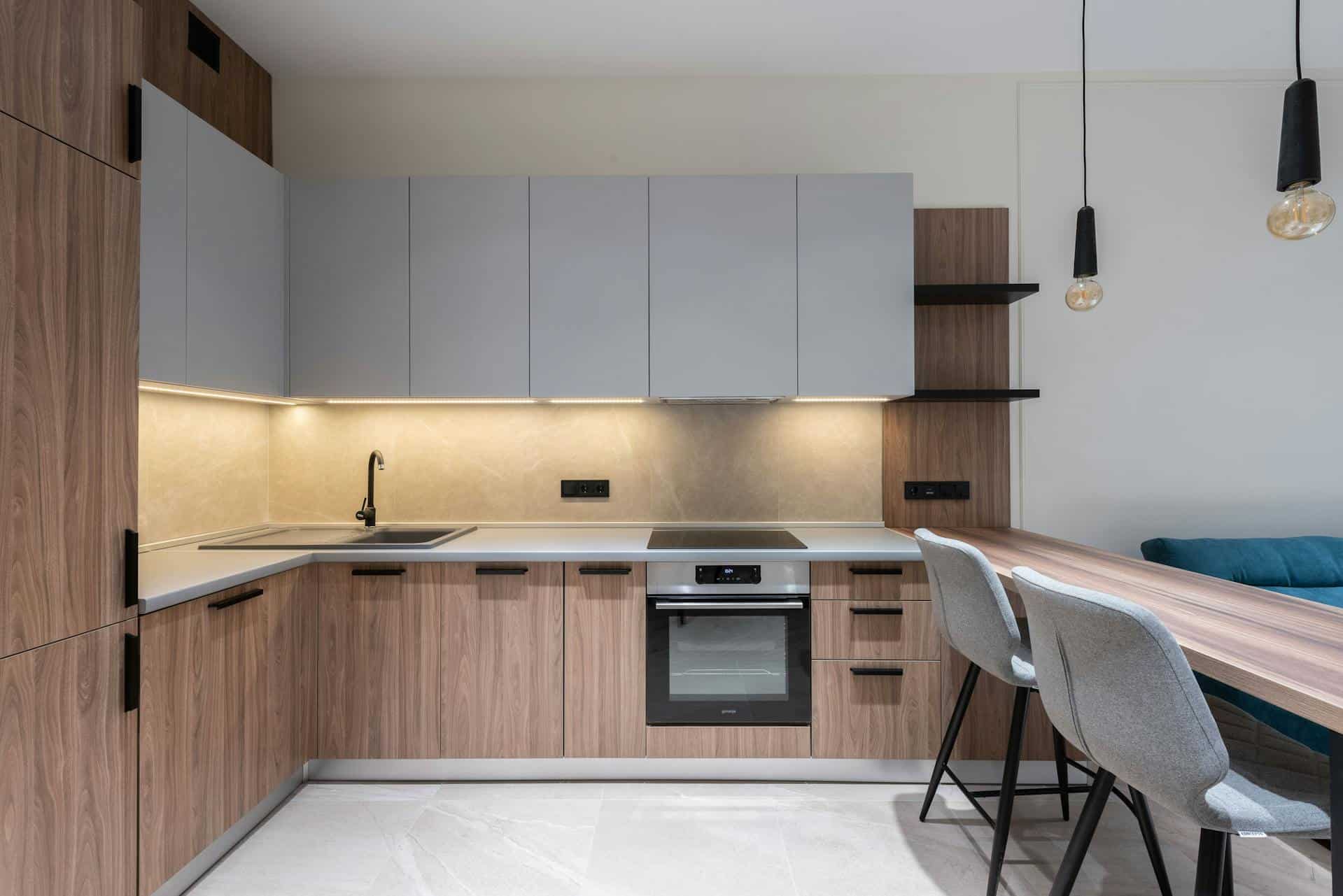
Question: What Is an Induction Oven?
Answer: An induction oven is a cooktop that uses electromagnetism to heat cookware directly. This results in faster heating, better temperature control, and increased energy efficiency compared to traditional gas or electric stoves.
Understanding Induction Cooking
Induction ovens represent a significant advancement in cooking technology. They offer precise temperature control and rapid heating, surpassing traditional gas and electric ovens in efficiency. This article explores the science behind induction cooking, its advantages, and how it differs from conventional methods. We will examine the key components of an induction oven and discuss the benefits it offers for home cooks. Understanding the principles of induction cooking empowers you to make informed decisions about your kitchen appliances. This knowledge can enhance your cooking experience and potentially save you time and energy. We will cover everything from the basic principles to the practical applications of this innovative cooking method.
This article will look into the specifics of induction ovens, answering the question, “What Is an Induction Oven?”. We will examine how they function, their various uses, and what makes them a desirable choice for modern kitchens. By the end of this article, you will have a clear understanding of induction ovens and their potential to revolutionize your cooking.
How Induction Ovens Work
Induction ovens use electromagnetism to heat cookware directly. A copper coil, located beneath the cooktop surface, generates a fluctuating magnetic field. When you place a ferromagnetic pot or pan on the cooktop, this magnetic field induces eddy currents within the cookware. These eddy currents cause resistance in the metal, generating heat which cooks the food.
Unlike traditional electric or gas cooktops, the cooktop itself doesn’t generate heat. The energy transfers directly to the cookware, resulting in minimal heat loss and increased efficiency. This direct heating method also allows for almost instantaneous temperature adjustments, similar to gas, but with even greater precision.
This process is highly efficient as energy focuses solely on heating the cookware, not the surrounding air. This targeted heating also contributes to a safer cooking environment, as the cooktop surface remains relatively cool.
Click here for more information on kitchen refinishing
Related Article: What Is the Difference Between an Induction Oven and a Regular Oven?
Related Article: All About Induction Ovens
Key Components of an Induction Oven
The key components of an induction oven include the induction coil, the control panel, and the glass-ceramic cooktop surface. The induction coil, made of copper, generates the magnetic field responsible for heating the cookware. This coil sits directly beneath the cooktop surface.
The control panel allows you to adjust the temperature and power settings. Modern induction ovens often feature digital displays and touch controls, offering precise and intuitive operation. Some models also include pre-programmed cooking settings and timers.
The glass-ceramic cooktop surface provides a smooth, durable, and easy-to-clean platform for your cookware. It is resistant to scratches and high temperatures, ensuring long-lasting performance.
Induction Cooking vs. Traditional Methods
Induction cooking differs significantly from traditional gas and electric cooking methods. Gas cooktops use an open flame to heat cookware, while electric cooktops use heating elements that radiate heat upwards. Induction cooking, however, uses electromagnetism to heat the cookware directly.
This difference in heating methods results in varying levels of efficiency, speed, and control. Induction cooking generally provides faster heating, more precise temperature control, and greater energy efficiency compared to both gas and electric cooking.
While gas cooktops offer visual feedback on heat levels, induction cooktops often feature digital displays that indicate precise temperature settings. Electric cooktops, while generally slower to heat and cool, are more widely available and often less expensive than induction cooktops.
Choosing the Right Induction Oven
When selecting an induction oven, consider factors like size, features, and budget. Assess your cooking needs and choose an oven with the appropriate number of burners and power output. Consider features like power boost options, temperature presets, and safety features such as child locks.
Research different brands and models to compare prices and features. Read online reviews to gain insights from other users. Check warranty information and ensure the oven is compatible with your existing cookware.
Many manufacturers produce induction-compatible cookware. Look for cookware with a magnetic base. You can test your current cookware by seeing if a magnet sticks to the bottom. If it does, it is likely compatible with an induction cooktop.
Conclusion
Induction ovens offer a modern and efficient way to cook. Their use of electromagnetic fields to directly heat cookware provides distinct advantages over traditional gas and electric ovens. They offer faster heating, more precise temperature control, and greater energy efficiency. While the initial cost might be higher, the long-term benefits, including energy savings and improved cooking experience, make induction ovens a worthwhile investment.
Understanding the technology behind induction cooking empowers consumers to make informed decisions about their kitchen appliances. By considering factors such as your cooking style, budget, and desired features, you can select the ideal induction oven to elevate your culinary experience. Induction cooking represents a significant advancement in kitchen technology and offers a compelling alternative to conventional cooking methods.

Blue Malue Get in touch with Blue here.
